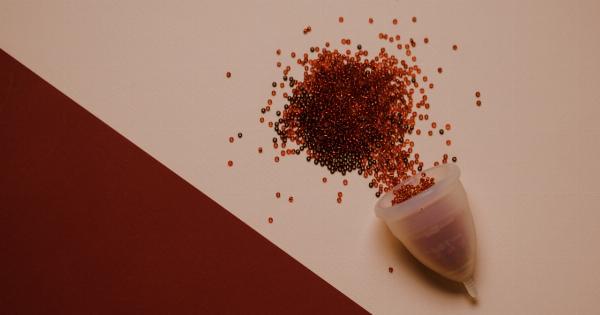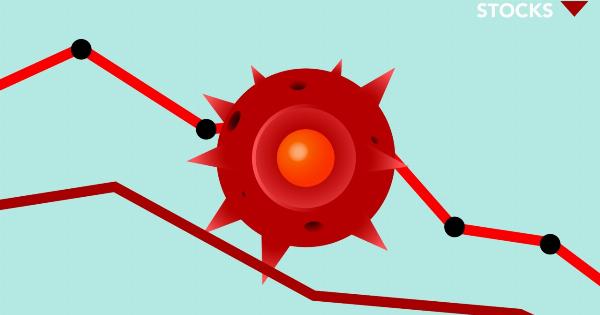Puberty, a transitional phase between childhood and adulthood, brings about significant physical and emotional changes in adolescents.
One of the key aspects of this developmental stage is the hormonal surges that occur as the body prepares for sexual maturation. Understanding these hormonal changes is essential for parents to support their children through this challenging period.
In this comprehensive guide, we will discuss the various hormonal surges that take place during puberty and provide insights into how parents can navigate this transformative journey with their adolescents.
The Onset of Puberty
Puberty typically begins between the ages of 8 and 13 for girls and 9 and 14 for boys, with individual variations depending on genetics, nutrition, and overall health.
The main trigger for the onset of puberty is the activation of the hypothalamic-pituitary-gonadal (HPG) axis, a complex network of hormonal signaling.
Hormonal Players in Puberty
The HPG axis involves several key hormonal players, including:.
- Gonadotropin-Releasing Hormone (GnRH): Produced by the hypothalamus, GnRH acts as the main initiator of puberty by stimulating the release of other hormones.
- Follicle-Stimulating Hormone (FSH): Secreted by the pituitary gland, FSH plays a crucial role in the development of eggs in females and sperm in males.
- Luteinizing Hormone (LH): Also secreted by the pituitary gland, LH stimulates the production of sex hormones like estrogen and progesterone in females and testosterone in males.
- Sex Hormones: Estrogen, progesterone, and testosterone are the primary sex hormones responsible for the physical changes associated with puberty.
Phases of Hormonal Surges during Puberty
Puberty can be divided into several phases, each characterized by specific hormonal changes:.
1. Prepuberty
During prepuberty, the HPG axis is relatively inactive, and hormone levels remain low. Children show no external signs of sexual maturation and may still exhibit childlike behaviors and body proportions.
2. The Awakening
In this phase, the HPG axis becomes more active, and the hypothalamus starts producing GnRH.
This leads to a surge in FSH and LH secretion, initiating the development of primary sexual characteristics such as growth of testes and penis in boys and breast development in girls.
3. Growth Spurt
The hormonal surges during this phase accelerate bone growth and result in a significant growth spurt. Both boys and girls experience growth in height, with boys typically experiencing a more pronounced increase.
4. Development of Secondary Sexual Characteristics
During this stage, sex hormone production increases dramatically, leading to the development of secondary sexual characteristics like facial and pubic hair growth, voice deepening in boys, and the growth of pubic hair and breast enlargement in girls.
5. Onset of Menstruation
In girls, the HPG axis triggers the onset of menstruation, marking the beginning of reproductive capacity. Menstruation is governed by a complex interplay of hormones, including estrogen and progesterone.
Navigating Hormonal Surges with Your Adolescent
As a parent, understanding and supporting your child through the hormonal changes of puberty is crucial. Here are some tips to navigate this phase:.
1. Open and Honest Communication
Encourage open dialogue about puberty and its accompanying changes. Create a safe space for your child to ask questions and address any concerns they may have.
2. Education and Information
Equip yourself with knowledge about puberty and hormonal changes. Provide accurate and age-appropriate information to your child, dispelling any myths or misconceptions.
3. Emotional Support
Puberty can be emotionally overwhelming for adolescents. Be empathetic and offer emotional support during periods of mood swings, body image concerns, and self-esteem fluctuations.
4. Encourage Healthy Habits
Promote a healthy lifestyle encompassing regular exercise, balanced nutrition, and adequate sleep. These factors play a vital role in regulating hormones and supporting overall well-being during puberty.
5. Set Boundaries and Expectations
Provide clear guidelines and expectations regarding personal hygiene, safety, and responsible behavior. Establishing boundaries can help your child navigate peer pressure and make informed decisions.
6. Seek Professional Support if Needed
If you notice persistent emotional distress or behavioral changes that significantly impact your child’s well-being, consider seeking guidance from a healthcare professional or therapist specializing in adolescent development.
Conclusion
Puberty is a transformative phase marked by significant hormonal surges as the body prepares for sexual maturation.
Understanding these hormonal changes and supporting your child through open communication, education, and emotional support can help them navigate this challenging journey with confidence. By providing a nurturing environment and promoting healthy habits, parents can empower their adolescents to embrace these changes and emerge as strong, well-adjusted adults.






























